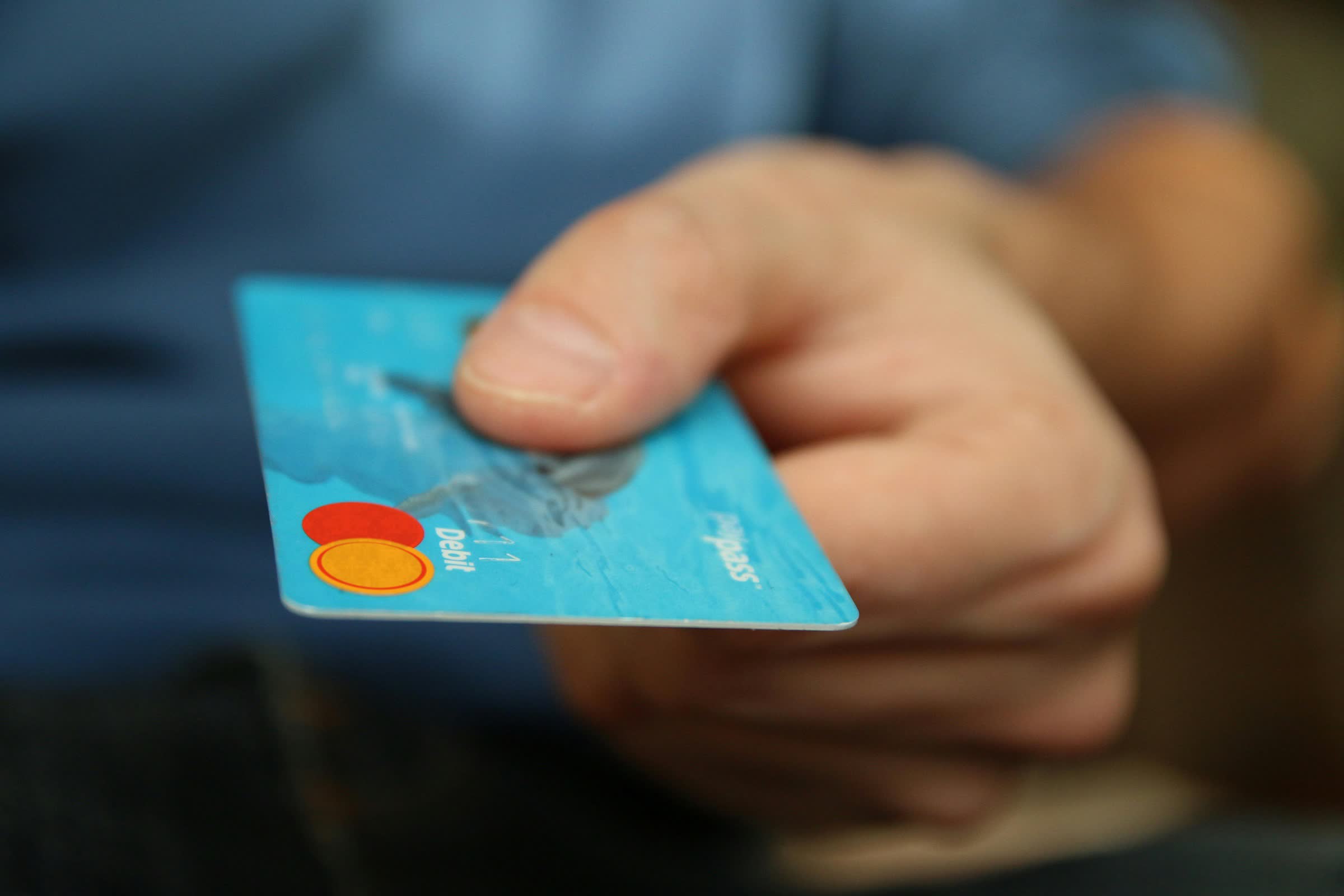Serving tech enthusiasts for over 25 years.
TechSpot means tech analysis and advice you can trust.
In brief: Payment and risk assessment technologies are increasingly making the need for a signature at a point of sale obsolete, which is fortunate, as many of our John Hancocks have become illegible. Yet for reasons that go beyond logic, they are still necessary in certain situations.
In a world increasingly dominated by digital transactions, the once-ubiquitous practice of signing credit card receipts is becoming obsolete. Major credit card companies like Visa, Mastercard, Discover, and American Express officially dropped the signature requirement for charges in 2018. When they did so, it marked a significant change in how financial transactions were conducted. But you'd never know it based on how often you are still required to sign a receipt.
The move away from signatures is largely due to advancements in fraud prevention technology. Credit card companies now rely on sophisticated risk-scoring systems to detect potential fraud. These systems analyze each transaction against the cardholder's normal spending patterns, flagging any unusual activity. This method has proven far more effective than manual signature comparisons.
Mark Nelsen, global head of consumer payments at Visa, told the Wall Street Journal that risk scoring has essentially replaced the need for signature verification. The company no longer considers whether or how people sign when processing transactions, leaving the decision to require a signature up to individual merchants.

Despite the official policy change, many businesses continue to ask customers to sign receipts. Some merchants fear alarming customers who are accustomed to signing. Another reason is that older point-of-sale systems may still print signature lines by default. And some industries are just more inclined to ask for signatures, such as restaurants, bars and healthcare businesses. According to Square, about a quarter of in-person transactions for contractors and healthcare businesses still included a signature line last year.
But even when signatures are required by a vendor, it appears that they pay little attention to them. For instance, James Green, a forensic-document examiner, tells of the time he signed "Santa Claus" on a Home Depot receipt for a $200 purchase, which was processed without issue.
It's worth noting that the US is unique in its lingering attachment to signatures. In Europe and many other parts of the world, signatures are generally not required for credit card purchases.
As the importance of signatures diminishes, so does their quality. With fewer schools teaching cursive writing and penmanship, signatures are becoming increasingly illegible. Jane Tierney, a California notary, observes that people put less effort into their signatures, with some even struggling to sign their names consistently.
While signatures may be fading from credit card transactions, they still are essential in certain transactions. For example, signatures remain required on checks, though they're scrutinized less than other fraud detection factors. Signatures also continue to play a role in verifying identity and on financial and legal contracts.
These instances aside, it is clear that signatures have diminishing practical value. The fact that they still persist is a testament to the power of tradition and ingrained consumer behavior.




:quality(85):upscale()/2024/10/29/625/n/1922564/ec222ac66720ea653c5af3.84880814_.jpg)
:quality(85):upscale()/2024/10/25/846/n/49351082/bfc0fdb3671bef086c3703.42134063_.jpg)


:quality(85):upscale()/2021/07/06/971/n/1922153/7d765d9b60e4d6de38e888.19462749_.png)
 English (US) ·
English (US) ·